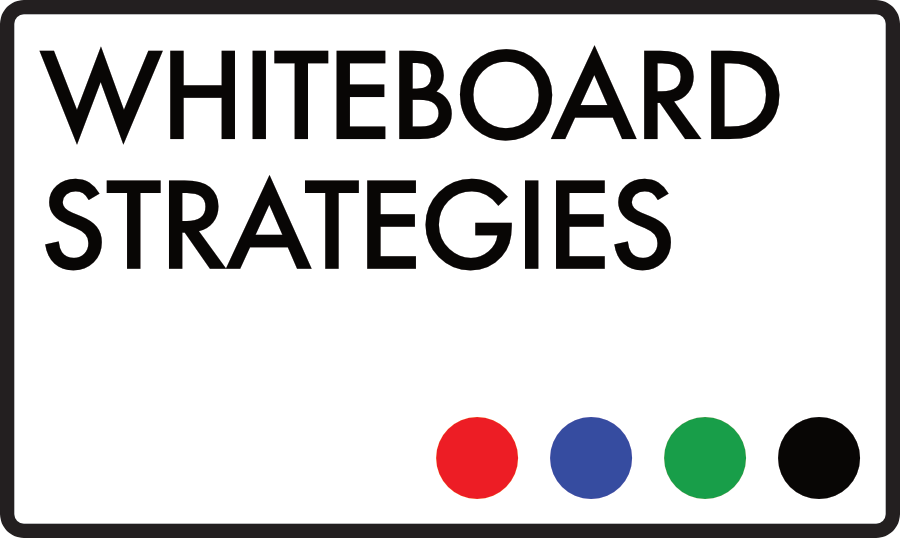We talked in the first Presenting 101 piece about the importance of the presenter-presentee dynamic, and how you can harness and use that dynamic to drive your presentation towards a pre-decided end result. This article is closely related to that one – it’s a slightly deeper dive into how you make the most of your time as a presenter, and how you ensure that your presentation is getting the most out of your audience.
There’s a lot of conflicting ideas on presentations, but there’s one aspect of them that seems particularly contentious – length.
Now, I’ve talked about whether size really matters when it comes to presentations in a couple of my Linkedin articles (notably here). The ‘answer’ to the question of presentation length, as always, isn’t a distinct one. It depends entirely on a few factors, which we’ll look at in order: You, Your Audience, and Your End Game.
You: Like I mention in the second of those Linkedin piece, Jerry Seinfield once memorably said that the “whole idea of an attention span is, I think, a misnomer. People have an infinite attention span if you’re entertaining them”. Which is great, but it assumes that you have the capacity to be infinitely entertaining. I’ve met a few presenters in my time who might claim that ability, but none yet who it would be true for. So, have some self awareness. Know your presenting style, get to know how long and how well you can command a room for – how long you can stay entertaining. Once you develop a bit of awareness about your presenting abilities, you’ll be able to use your presentation to fill in the gaps a bit – you’ll create the peaks and troughs, the opportunities for interaction, and the anecdotes to lift flagging sections of your pitch.
Your Audience: This is a massive variable when it comes to presenting. You can have your presentation finely honed, you can practice it in the mirror until you’re more prepared than a Ted-talker, but you can’t ever truly anticipate your audience. True, you can go some way towards profiling them – try to find out who be in the room with you, what their ages / backgrounds / job roles are and so on, but you’ll always find yourself feeling the room out as you go.
Your end game: What is the point of your presentation? What is the outcome you are looking for, where is the value in giving it? The amount of content in a presentation is determined to a large extent by how much is needed in order to communicate what you need to. The important word there is needs – from new hires to experienced execs, people are terrible at editing themselves, distinguishing between necessary information and padding. Ensure you are including the information and prompts you need to in order to achieve the presentation’s objective, but beyond that slash and burn content with gusto – if it isn’t paying its way, it isn’t going in. Simple.
Look, there are people who will tell you to set yourself strict limits – a presentation is never longer than 25 minutes, a product pitch should have a five minute intro, a ten minute opening for questions and so on – but I’m not one of them. If you know you’ve got the presence to hold an audience’s attention for an hour, and you’ve got an hours-worth of stuff that needs talking over, then go for it. But if you haven’t got that sort of ability, or you just don’t need that long, then keep things tight.
Take as long as you need, and as long as you can keep an audience engaged. Just don’t take longer, for everyone’s sake.

Recent Comments